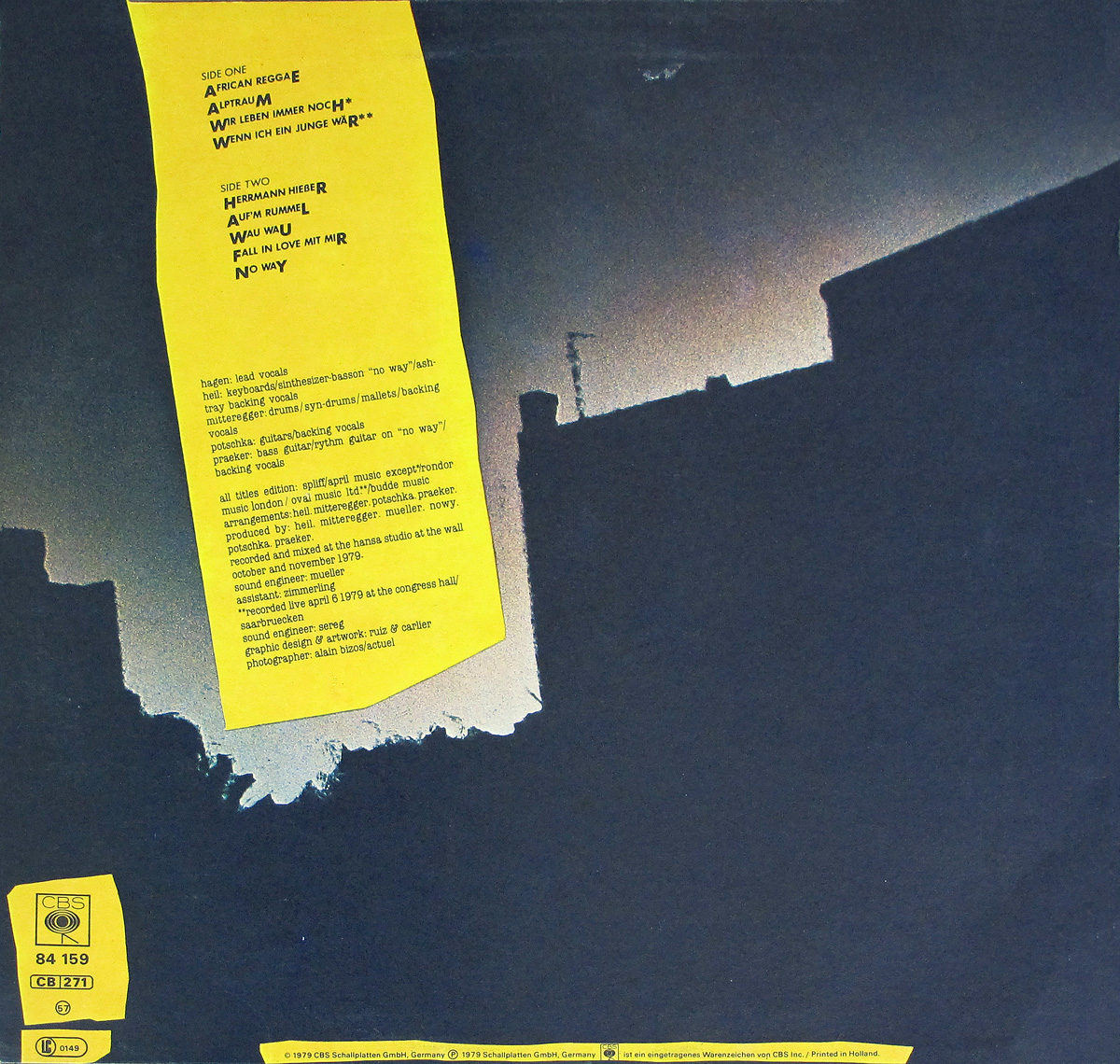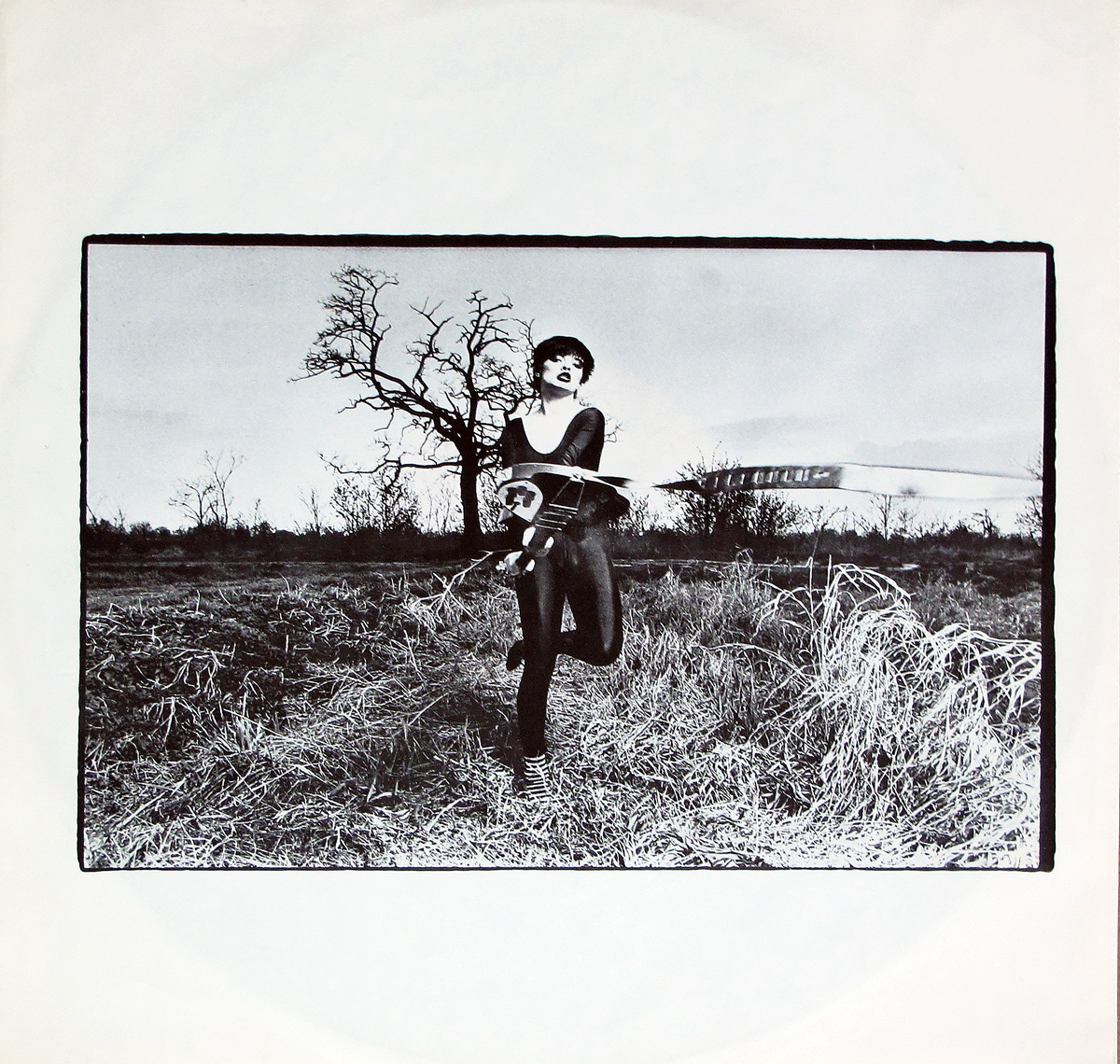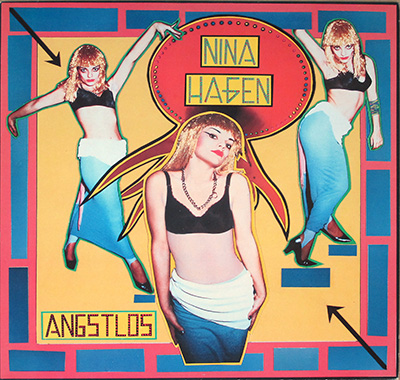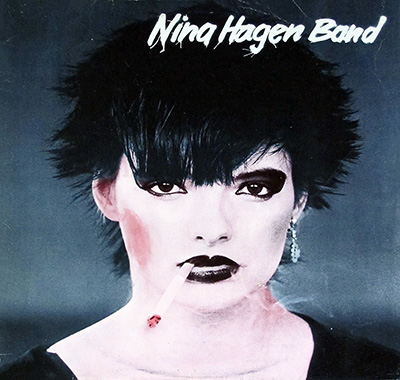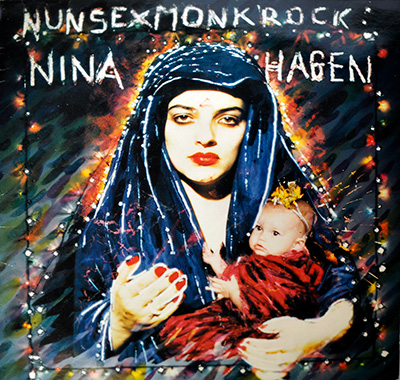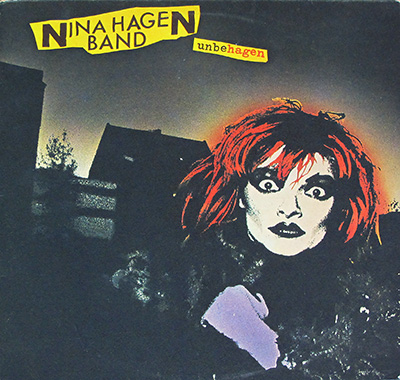Collector’s Note: Nina Hagen’s Leap from East Berlin to CBS
When Nina Hagen arrived in West Berlin in 1976, she wasn’t some unknown punk rebel — she was already a trained, TV-famous singer from East Germany with an operatic voice and a flair for the theatrical. The West German press saw her as a living headline: the defector with a wild streak. That intrigue alone was enough to get record labels circling.
She quickly connected with the musicians from Lokomotive Kreuzberg — Manne Praeker, Reinhold Heil, Potsch Potschka, and Herwig Mitteregger — a seasoned group who knew studios, production, and the West Berlin scene inside out. Together, they built a band that had both credibility and chaos in perfect balance: the Nina Hagen Band.
CBS Germany signed them because they saw potential far beyond Berlin’s clubs. Hagen’s voice could move from opera to growl in seconds, and her stage persona was explosive enough to market worldwide. With the legendary Hansa Studio at their disposal — the same space where Bowie and Iggy Pop had just recorded — CBS poured in resources and surrounded the band with trusted producers and engineers to polish the fire without extinguishing it.
In the end, Hagen’s CBS deal wasn’t luck — it was inevitability. She had the myth, the musicians, and the madness that labels dream of. “Unbehagen” became the proof that even a major corporation could gamble on an artist who seemed gloriously uncontrollable — and win.

